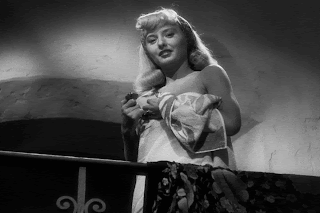Hello i would like to introduce Wong Kar-wai. He is a Chinese filmmaker, scriptwriter and is said to be an auteur due to many of his films being aesthetically unique, emotionally profound and very stylistic. Almost all of his works acquired critical acclaim such as Ashes of Time, Days of Being Wild, ChungKing Express, and In The Mood For Love. I would like to talk about an interview i heard that aired on august 28,2013 on a talk show called The Treatment.
Based on the interview Wong Kar-wai seems to view himself as an outsider. He seems to like to depict things in a romantic way and give a different perspective on things in life and life itself other than the major socially accepted view of life. In the interview he talks about how he moved to Hong Kong from Shanghai when he was five years old and how there was a major language barrier and even a very different atmosphere which changed his impression of life. He was always into martial arts and the discipline and code of ethics he saw withing martial arts particularly kung fu. I was shocked to here that many of his scripts are short and incomplete leaving room for improvisation.
The interview is centered around Wong Kar-wai's latest film called The GrandMaster, but many of the questions asked by the host relate to more than just the film. For example Wong Kar-wai was asked about a scene from The GrandMaster that takes place in a brothel in which he uses high and low camera angels that make the women in the brothel seem superior to the men as if they are judging the men Wong Kar-Wai stated "The audience may not be conscious about that but its the habit of the way we look at people". In most cases the prostitutes would be the ones being judged but the camera angles show you a different perspective that is never really talked about.
Another thing he said about costumes and the role they play in movies stood out to me. If you have ever seen a Wong Kar-wai film you may have noticed the detail put into the costumes used in the films and the effect they have on what the audience perceives about the characters in the film. A costume can carry alot of meaning to it "A costume is not just a costume its not something that makes the actors look good or the actress look beautiful in a way its part of the character" as Wong Kar-wai stated it draws attention from the audience either consciously or subconsciously and can affect our impression of the character.
The last thing i found extremely interesting about the interview was when Wong kar-wai said "I wanted to especially at a time like this when china has went through this rapid changes I can see there's a lot of traditional value that's forgotten and in fact the so called modernization of china cannot simply be like adopting western values, its time for us to go back to our roots and rediscover some of theses values". This seems to reflect his own childhood as well as the movies he makes that tend to have both eastern and western culture in them.
I think that all though most of his interview was focused on The Grandmaster, Wong still had many valuable things to say. As he talked about his childhood he brought up how he thinks there is a paradise lost that makes people long for certain things and how that can makek people into outsiders. He talks about how the cultural clash in china has affected him and how that has shaped his way of thinking and allows him to create such stylized works that seem almost real even if they are fictional. His films contribute to the film world in so many ways but cinematography, uniqueness, romance, the psychological aspects that evoke resonant emotions are a few of the main things that make Wong Kar-wai a very noteworthy, and almost necessary to the film industry.




